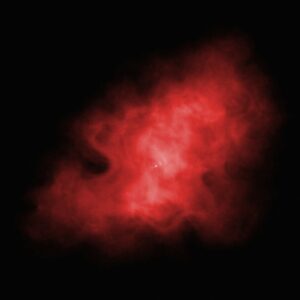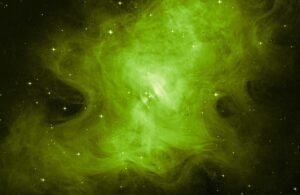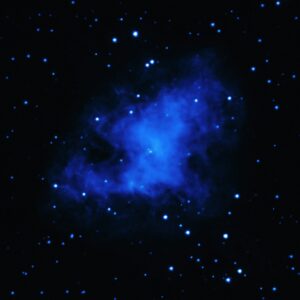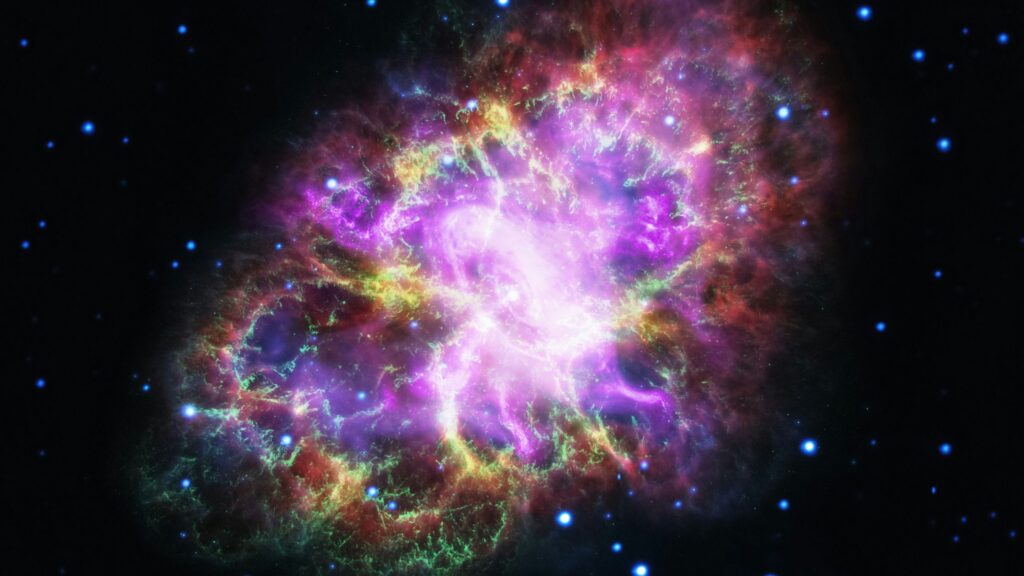Star life takes billions of years before reaching one of the few conclusions. During that period, many things happened, which reveals a lot about the mysteries of the universe. Something happened in 1054 AD that illuminated the sky, which the people observed and documented. It was the Crab Nebula, which was the remnant of a star that went supernova about 1001 years ago.
The discovery was significant for the development of astronomy today and gives a lot of information about the universe. On top of that, the structure is visible to this day as the collapsed star is over 6,523 light years away. So, with high-end equipment, one can observe the Nebula in the Taurus constellation.
Crab Nebula: A Wonder Of Night Sky
The night sky is full of wonders, and finding extraordinary objects using the right time and equipment is no surprise. So, when the ancient astronomers saw the explosion visible for over a month in the sky, several theories came to life.
Only in later centuries, after the refinement of equipment, people learned about the Nebula. John Bevis discovered the Crab Nebula in 1731, and later, Charles Messier, who had no idea about it at the time, made different observations.
But with different studies, the field took on pace and the birth of modern cosmology as we know it happened.
Science Behind The Stellar Explosion
A star explodes at the end of its life when it uses all its fuel—hydrogen atoms fuse with each other to form heavier ones. As a result, gravitational forces take over the repulsion caused by the fusion reaction, which holds the star together.
When the fusion reaction is unable to hold the star, it results in a supernova. The event releases enormous amounts of energy and debris that are visible to the naked eye. This is the reason behind the viewing of the Crab Nebula.
In the end, only the small and dense remnants form a star. However, in the cases of big stars, black holes are also formed. So, the crab nebula is the remains of the star that was a supernova in the past.
History Of Viewing Crab Nebula
Traditional astronomy has come a long way, but the basics are still the same today. It is the observation of celestial bodies using tools and equipment. Even though in 1054 AD, different cultures lacked instruments, they had the opportunity to see the supernova with their eyes.
The Chinese, Japanese, and Natives were among the many who observed and reported the phenomenon. Thanks to their efforts to safeguard information, scientists can decode past mysteries.
Crab Nebula Images
The Crab Nebula is visible through modern equipment. Even a tiny budget telescope can help you locate the fascinating structure. Below are some of the images captured in different spectrums of the crab nebula.



What Can We Learn From Crab Nebula Images?
There are plenty of things that the astronomers can learn from the Crab Nebula:
- Study the structure to reveal the intricate patterns and formations of the event.
- Information about the life cycle of the star.
- Understanding the evolutionary dynamics of the objects and universe.
- Insights using different wavelengths when observing the structure.
- Learning about astrophysical processes.
Conclusion
The Crab Nebula, discovered in 1054 AD, is a remnant of a supernova star. This discovery has significant implications for astronomy today and provides valuable information about the universe.
The collapsed star is over 6,523 light years away, and its structure remains visible today. The star’s fusion reaction releases energy and debris, forming pulsar or neutron stars.
Modern equipment allows observation of the crab nebula, and its images reveal intricate patterns and information about life cycles, evolutionary dynamics, and astrophysical processes.
Frequently Ask Questions (FAQs)
When did the Crab Nebula explode?
The Chinese and Japanese astronomers of the past observed the explosion in 1054 AD.
Can we still see the Crab Nebula?
The crab is not visible to the naked eye; however, a high-resolution telescope can be used to observe it.
What is the Crab Nebula made of?
The Crab Nebula is made of Hydrogen and is a remnant of stardust and other materials.
Is the Crab Nebula red?
When observing the Nebula in the visible spectrum, it appears green.


Pingback: Everything You Need To Know About The Orion Nebula